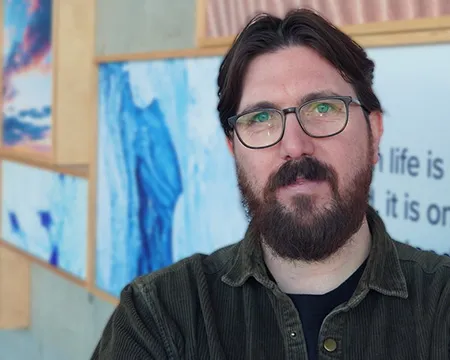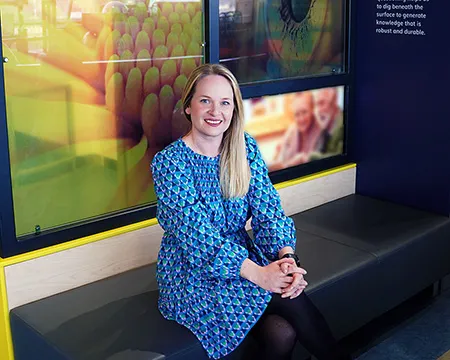What was here before the science centre?
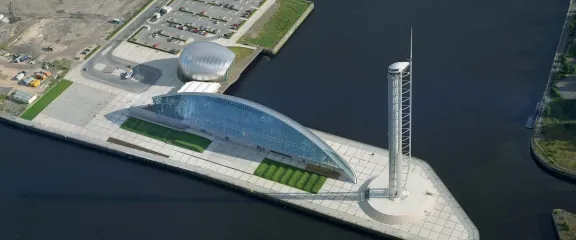
Glasgow Science Centre welcomes visitors to a dazzling landscape of flowers and water, glass and steel, inspiration and fun. As the centre celebrates its 21st birthday, we look at the history of our riverfront location to discover how it has transformed over time.
Shaped by ice
Overlooking the river Clyde, our stainless steel-clad centre sits proudly in Pacific Quay within the district of Govan. But long before humans transformed the land and river, the dominant force that shaped the landscape was nature.
Glasgow is built on a landscape shaped by ice. During the Ice Age, which began around 2.6 million years ago, the climate regularly swung between warm and cold conditions. During the colder periods, glaciers covered most of Scotland and as they slowly moved, they shaped the landscape beneath. This is why Glasgow is predominantly a lowland area surrounded by hill ranges.
Under the surface
Dig under the surface today and you will discover evidence of how the first humans settled in the area. In fact, in 2019 a schoolboy who was helping out at an archaeological dig just over a kilometre from the science centre found a set of gravestones from the Middle Ages.
Part of the Govan Stones collection, these decorative stones were sculpted from a period of history before the nation of Scotland existed. Govan at this time was a major centre of the Kingdom of Strathclyde when rival warlords were battling for control of the British Isles, including from Vikings who sailed up the Clyde to plunder the fortress at Dumbarton.
Govan remained a riverside village with thatched cottages until the 19th century when its population skyrocketed as Glasgow was transforming into an industrial powerhouse.
Rise and fall of industry
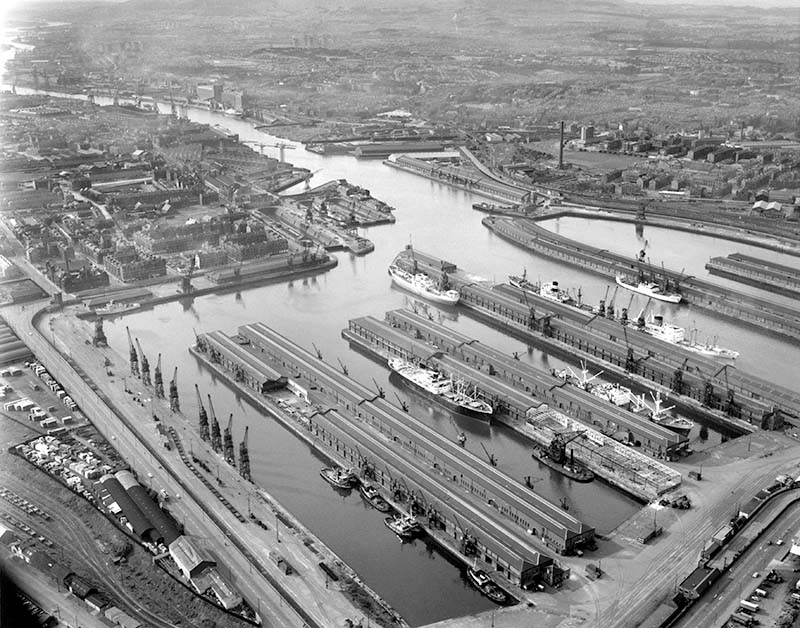
The rapid development of Glasgow as an industrial city relied on the river Clyde. However, to facilitate the ships of increasing size, the river itself had to be deepened through dredging and blasting of rock. With these major changes to the landscape, it is said that ‘Glasgow made the Clyde and the Clyde made Glasgow’.
Where the science centre sits today, the banks of the Clyde became Plantation Quay. This was also the location for Prince’s Dock, which was the largest dock on the Clyde when it opened in 1900. Ships would navigate off the Clyde into a large open canting basin before manoeuvring into one of three unloading basins, shadowed by two-storey warehouse sheds. The dock handled vast quantities of coal for export, but it closed in the early 1970s.
Cultural regeneration
With the decline of industry, Glasgow was in the need of investment. City leaders launched the ‘Glasgow’s Miles Better’ campaign in 1983 to promote the city, using iconic cartoon figure of Mr Happy.
Then, in 1988, Glasgow hosted the third of five national garden festivals. These festivals were designed as cultural regeneration projects that reclaimed areas of derelict industrial ground.
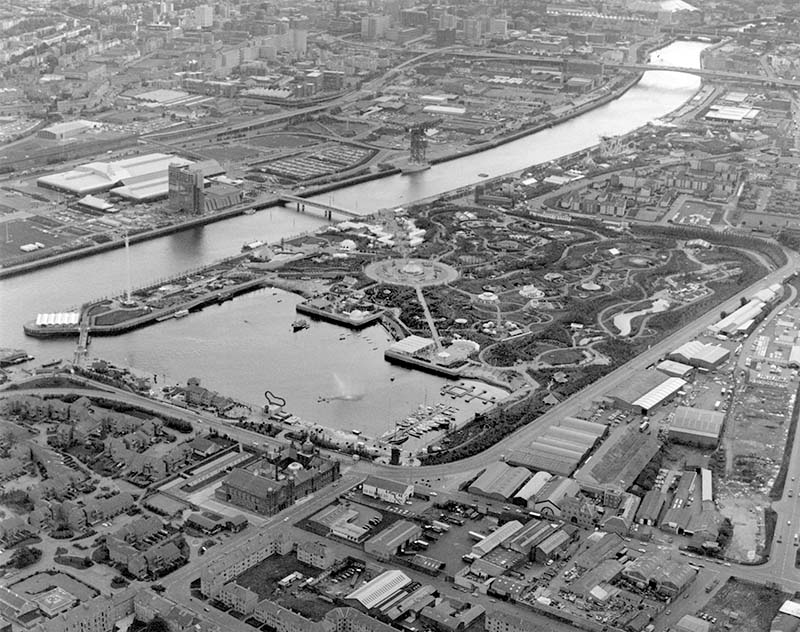
Glasgow’s garden festival was sited at the former Prince’s Dock, which was partially filled in, leaving the canting basin intact. The festival included attractions such as a rollercoaster, observation tower, historic trams, pavilions and landscaped gardens. The festival was open for 152 days and attracted over 4 million visitors but once the festival was over, the attractions were removed.
Glasgow’s first science centre
With the garden festival fresh in people’s minds, Glasgow was given a further boost when it was given the title of European Capital of Culture in 1990. The year-long celebration, filled with cultural events, included the launch of Glasgow’s first science centre.
The ‘Dome of Discovery’ was situated in the South Rotunda at Plantation Quay, only 500 metres from the current science centre. The unique experience offered by the Dome of Discovery gave Glaswegians their first taste of what a permanent science centre could offer but it would take a major source of funding before that vision could be made reality.
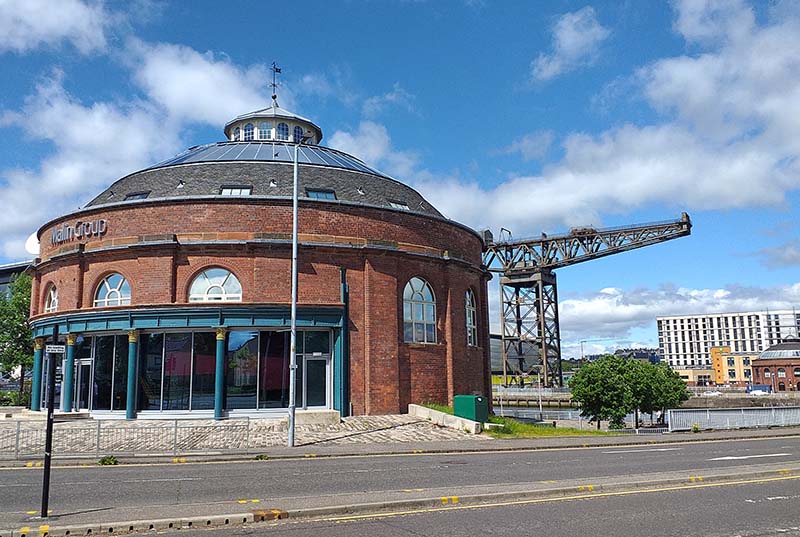
A legacy for the future
In 1994, the National Lottery was launched and it was accompanied by the Millennium Commission which sought to generate a lasting legacy from money raised by the lottery. The largest project in Scotland to receive Millennium funding was Glasgow Science Centre.
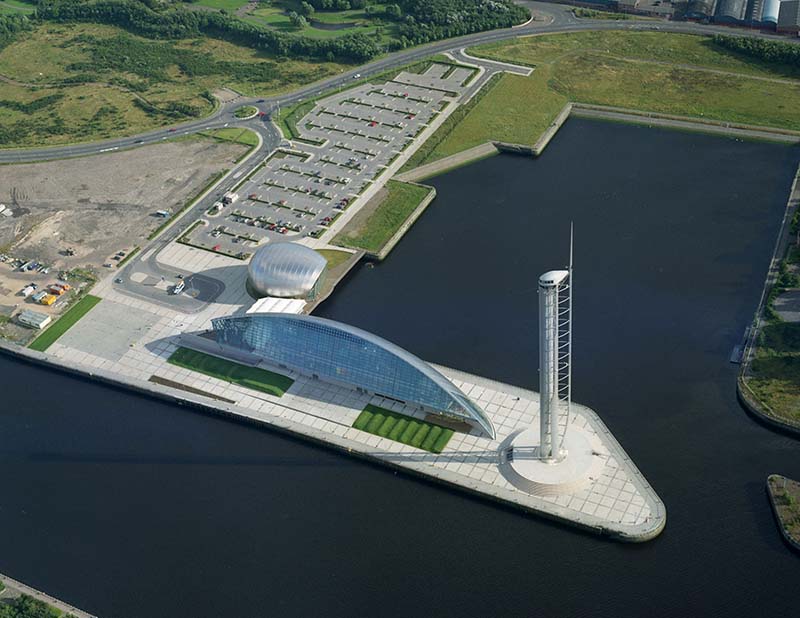
The buildings of Glasgow Science Centre were designed by architects BDP following a design competition. Described as ‘containers’ for science, the architects wished to reflect the scale and drama of the large ships and vessels which sat along the quayside of the river Clyde in its heyday.
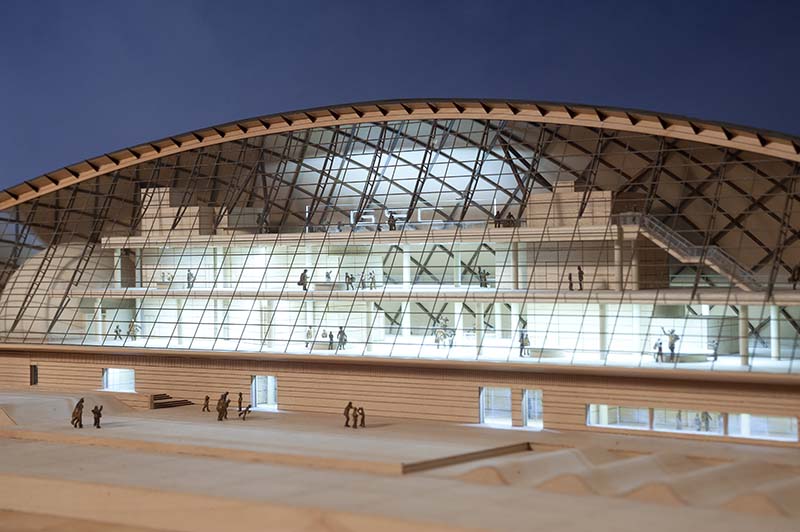
Colin Allen, the Design Team Leader, “envisaged science and learning as being integral and embedded in the buildings. Consequently, the structure and building services are all exposed wherever possible as an educational tool. This allows children…and grown-ups to see and understand how buildings live and breathe – the bones, arteries, flesh and skin.”
The spark of imagination
Since opening in 2001, Glasgow Science Centre has been joined by other buildings in the Pacific Quay development, including BBC Scotland and STV. In addition, the science centre has recently completed a major transformation of the landscaping of its outer space, creating an interactive and social community space, which increases the biodiversity of the site and encourages active travel.
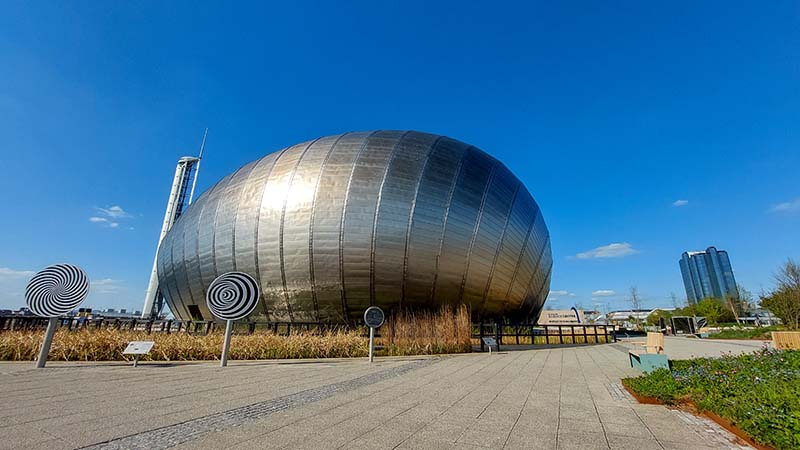
So next time you are walking along the Clyde by the science centre, take a moment to consider how the landscape has been shaped by the forces of nature, industry and regeneration and ponder what the future will bring.
Further information
This blog post was written by Duncan Smith from Glasgow Science Centre.
- Geology of Glasgow: https://www.scottishgeology.com/wp-content/uploads/lfbg/LandscapeFashionedbyGeology-glasgowayr.pdf
- Schoolboy finds lost Govan Stones: https://www.bbc.co.uk/news/uk-scotland-glasgow-west-47748026
- Plantation Quay: https://canmore.org.uk/site/90330/glasgow-plantation-quay
- Prince’s Dock: https://canmore.org.uk/site/44353/glasgow-govan-princes-dock
- The Glasgow Story: https://www.theglasgowstory.com/story/?id=TGSC0
Celebrating 21 years
Glasgow Science Centre is celebrating 21 years of delivering engaging science experiences and immersive events in 2022.

